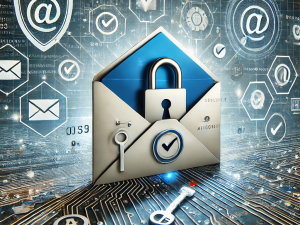In the world of cyberattacks, nothing begins with a sudden strike. Before hackers deploy malware, launch ransomware, or infiltrate critical systems, they first take time to study their target. This critical preparatory stage is known as reconnaissance. Often overlooked by enterprises, reconnaissance is where attackers quietly collect intelligence that later enables them to execute devastating campaigns with precision. Understanding this stage is essential because stopping an attack before it begins is far more effective than responding after the damage is done.
What is Reconnaissance in Cybersecurity?
Reconnaissance refers to the process of gathering information about a target system, organization, or individual to identify vulnerabilities and potential entry points. Just like a thief observing a building before breaking in, cybercriminals analyze everything from publicly available data to system weaknesses. This step is stealthy by design; attackers want to remain unnoticed while building a profile of the target.
Common Reconnaissance Techniques
Cybercriminals employ a range of methods during reconnaissance, often blending digital tools with social engineering. These can include network scanning to detect open ports, crawling websites for exposed data, and combing through social media for employee details. In some cases, attackers rely on Open-Source Intelligence (OSINT), gathering information from publicly available sources such as job postings, press releases, and even metadata hidden in online documents. The more detailed the reconnaissance, the more likely the attack that follows will succeed.
Why Reconnaissance is So Dangerous
Many organizations underestimate reconnaissance because it doesn’t involve direct harm at first. However, this stage is the foundation of all sophisticated cyberattacks. By the future, reconnaissance will likely become more automated, with AI tools scanning for weaknesses at machine speed. Attackers who succeed in gathering accurate intelligence can craft phishing campaigns that look authentic, identify unpatched vulnerabilities, and exploit insider information with minimal resistance.
Defending Against Reconnaissance
Enterprises must recognize that defending against reconnaissance is as important as securing against malware or ransomware. Techniques such as network monitoring, threat intelligence, and deception technologies can expose malicious scanning or probing attempts. Employee awareness is also critical; oversharing on social media or publishing excessive technical details online can unintentionally fuel an attacker’s reconnaissance efforts. By closing the intelligence gaps that attackers seek to exploit, organizations can make themselves harder targets.
Building Resilience Beyond the First Stage
Cybersecurity is often described as a battle of preparation, and reconnaissance underscores this truth. If attackers prepare carefully, enterprises must prepare even more diligently. The ability to detect, disrupt, and respond to reconnaissance activities can often prevent full-scale breaches before they unfold. Organizations that take this stage seriously will be better equipped to face the evolving cyber threat landscape.
At Terrabyte, we understand the importance of safeguarding enterprises not only during active attacks but also at the earliest stages of threat activity. By equipping organizations with proactive security measures and trusted solutions, we help businesses stay one step ahead of attackers, even before the first move is made.




